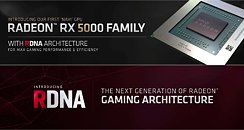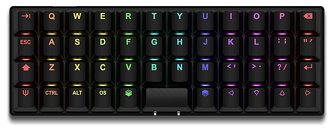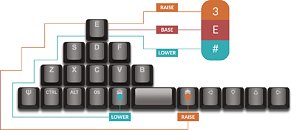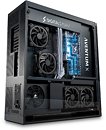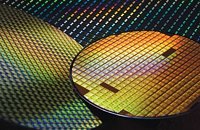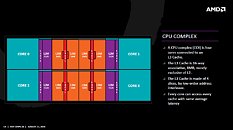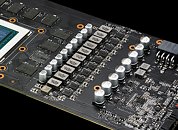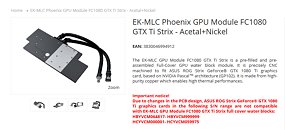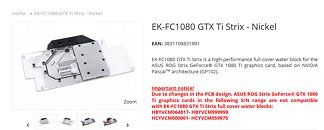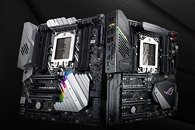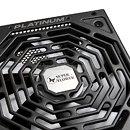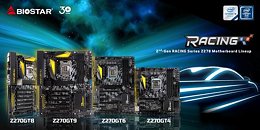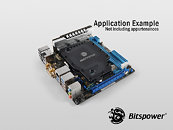
Rumor: AMD Navi a Stopgap, Hybrid Design of RDNA and GraphicsCoreNext
The Wheel of Rumors turns, and assumptions come and pass, sometimes leaving unfulfilled hopes and dreams. In this case, the rumor mill, in what seems like a push from sweclockers, places Navi not as a "built from the ground-up" architecture, but rather as a highly customized iteration of GCN - iterated in the parts that it actually implements AMD's RDNA architecture, to be exact. And this makes sense from a number of reasons - it's certainly not anything to cry wolf about.
For one, AMD's GCN has been a mainstay in the graphics computing world since it was first introduced back in 2012, succeeding the company's TeraScale architecture. Game engines and assorted software have been well optimized already to take advantage of AMD's design - even with its two ISAs and assorted improvements over the years. One of the most important arguments is derived from this optimization effort: AMD's custom designs for the console market employ architectures that are GCN-based, and thus, any new architecture that would be used by both Microsoft and Sony for their next-generation consoles would have to be strictly backwards compatible.
For one, AMD's GCN has been a mainstay in the graphics computing world since it was first introduced back in 2012, succeeding the company's TeraScale architecture. Game engines and assorted software have been well optimized already to take advantage of AMD's design - even with its two ISAs and assorted improvements over the years. One of the most important arguments is derived from this optimization effort: AMD's custom designs for the console market employ architectures that are GCN-based, and thus, any new architecture that would be used by both Microsoft and Sony for their next-generation consoles would have to be strictly backwards compatible.
